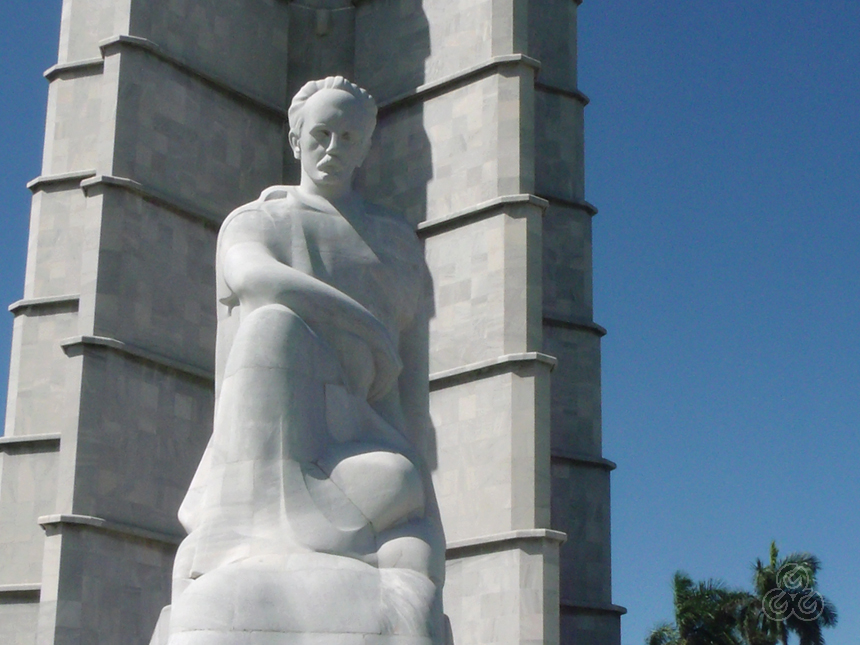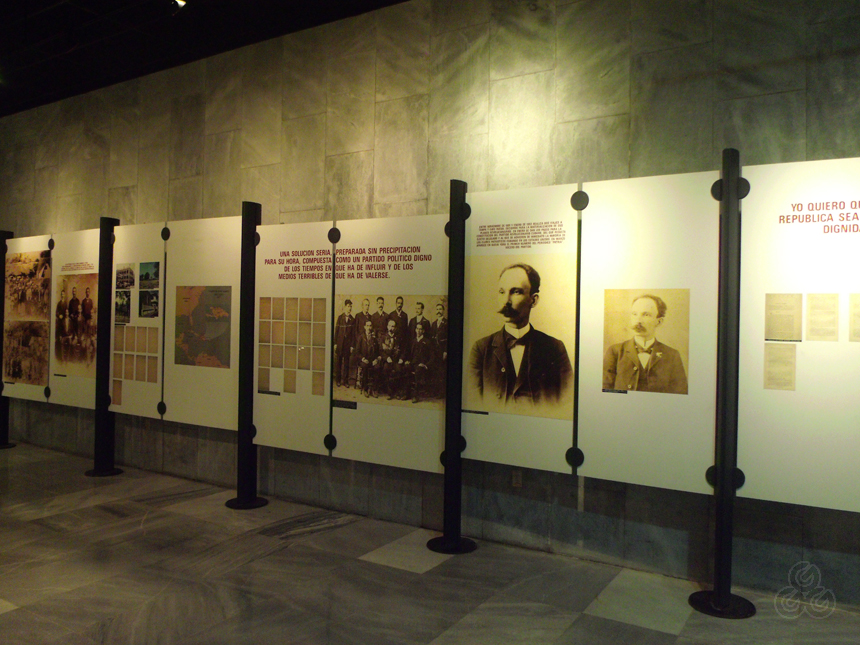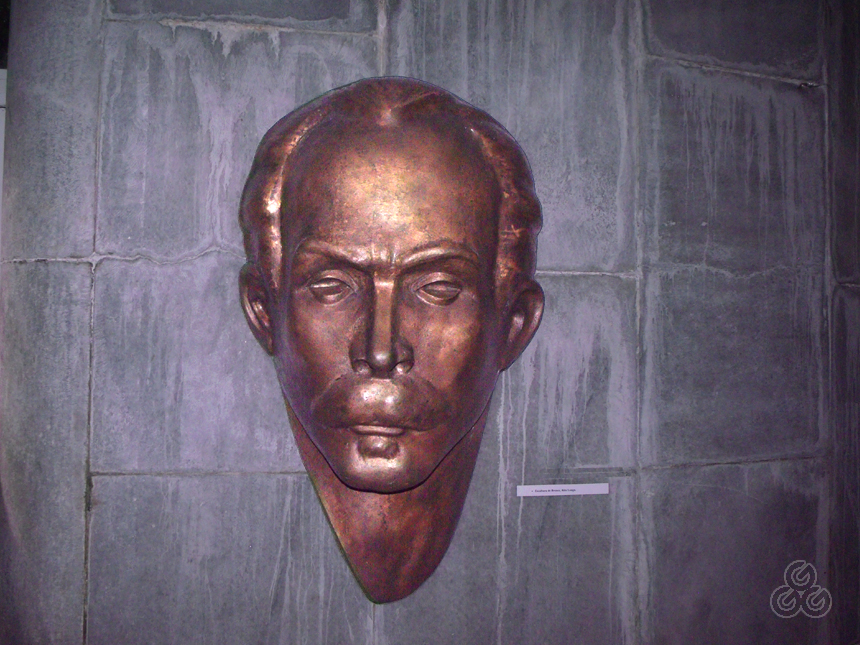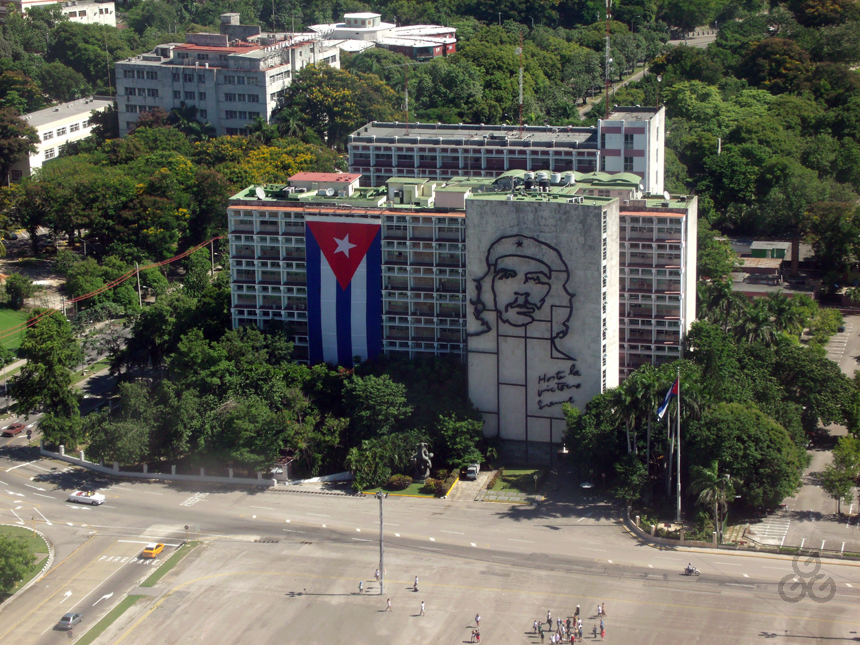Inaugurated by Fidel Castro on 27 January 1996 at the base of the obelisk that dominates Havana’s Plaza de la Revolución, the José Martí Monument is undoubtedly the largest monument dedicated to the apostle in the world.
The history of the monument dates back to 1937, when a Pan-American design competition was held, but none of the proposals met the requirements and the project was postponed.
New competitions were held successively in 1939, 1940 and 1943, when the design by the architect Aquiles Maza and the sculptor Juan José Sucre, with the idea of creating a library-museum inside the obelisk to preserve the master’s ideas, finally won.

Detail of the statue of José Martí in the Plaza de la Revolución Photo: Gilberto González
The second prize was awarded to the architects Govantes and Cabarrocas, who presented a project for a monumental library, which was built and is now the José Martí National Library.
The third prize was won by Enrique Luis Varela, who led a team of architects, and consisted of an obelisk in the shape of a five-pointed star.
After Fulgencio Batista seized power by force on 10 March 1952, he ordered the construction of the monument in an attempt to clean up his image, which had been tarnished by violence. To this end, he imposed the levying of a day’s credit for each worker, in addition to raising taxes and other methods of raising money to finance the construction.

Partial interior view of the José Martí Memorial Photo: Gilberto González
The prevailing corruption in that government led to several scandals surrounding the project, starting with the awarding of the work to Enrique Luis Varela, the third prize winner, to favour him because he was in charge of the Public Works Department at the time. In addition, the press of the time reported on the mistreatment of the inhabitants of the shanty towns that occupied the area chosen for the Civic Centre.
Construction finally began in 1953, and by the end of 1958 the obelisk and the statue of Martí had been erected, but the surroundings and the stand were still missing.
It was not until 1961 that what was then known as Plaza Cívica (Civic Square) was completed, and shortly afterwards it was renamed Plaza de la Revolución José Martí (José Martí Revolution Square).

Bronze sculpture by Cuban artist Rita Longa inside the José Martí Memorial. Photo: Gilberto González
The obelisk is 109 metres high and rises 30 metres above sea level. At the top of the tower is a lookout that offers a panoramic view of Havana for up to 50 kilometres.
The historical importance of Plaza de la Revolución grew after January 1959, when it became a place where the Cuban people gathered to celebrate or commemorate, and to show the world our sovereign and patriotic spirit and our determination to defend the Revolution at all costs.
That is why the Obelisk and the Plaza are the greatest monument to the Apostle, not only because of their size, but also because of their historical dimension.

Views of Havana from the lookout at the José Martí Memorial. Photo: Gilberto González
Translated by Luis E. Amador Dominguez


Deje un comentario